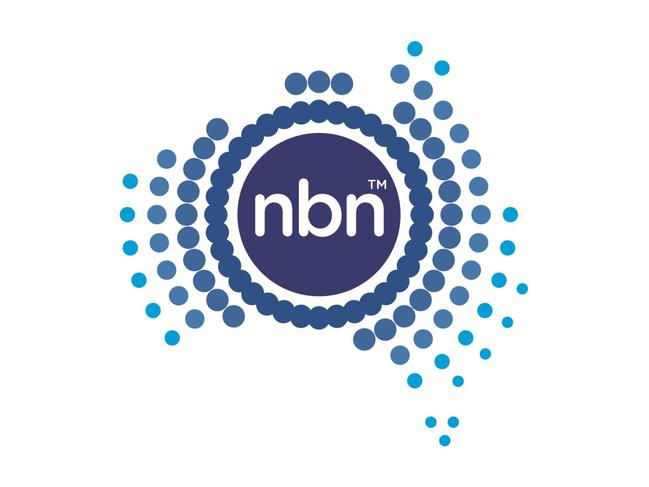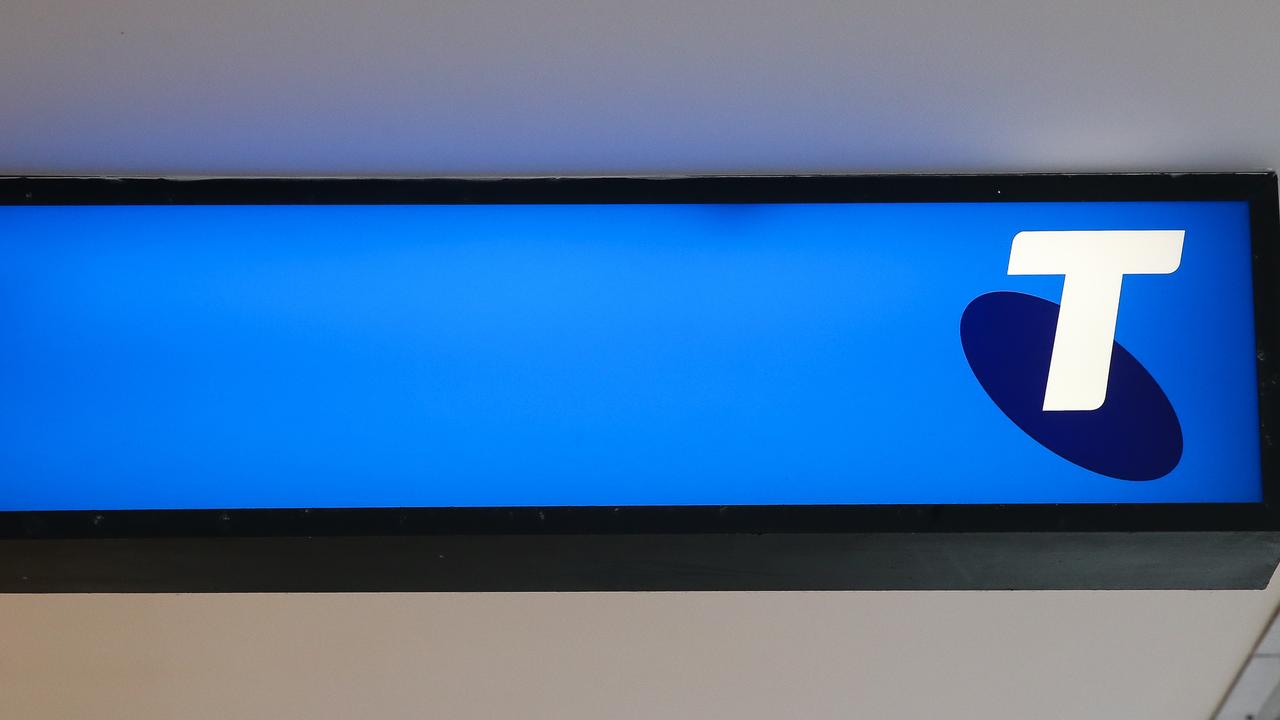NBN rollout: How to find out when you will get new internet
The NBN rollout across Australia is now complete and once it arrives in your suburb you have 18 months to make the switch.

Costs
Don't miss out on the headlines from Costs. Followed categories will be added to My News.
Do you spend your evenings wondering why Netflix is buffering and pictures on your social media feed won’t load?
Well, it could be because you’re due for an internet upgrade.
The much talked about national broadband network (or as it’s more commonly known, the NBN) could be the answer to your internet-interruption problems.
HOW DOES NBN INTERNET WORK?
Rolled out across Australia, the NBN has been billed as the transformation project that will pull us into the 21st century by increasing internet speed and improving telephone services.
How will NBN improve internet speed? The big promise is that it will provide up to 1000Mbps by upgrading the current copper networks with super-fast fibre-optic cables. However, only newer homes can receive new connections through fibre optic, others receive the NBN via a satellite connection and some via existing cabling.
No matter what your connection type is though, NBN will still provide a minimum of 25Mbps. That’s a massive improvement on the copper option, which has a top speed of 8Mbps.
The NBN rollout is complete and almost all suburbs and towns across Australia are ready for connection. It’s important to note that if an NBN connection is available in your area, you’ve only got 18 months to make the switch. Here’s what you need to know.

DO I HAVE TO CONNECT TO THE NBN?
Even if you’re happy with your current internet service, sooner or later your neighbourhood will become NBN-ready and you’ll be prompted to move to an NBN plan.
After your area is upgraded, you’ve got 18 months to swap over, by which time existing landline and ADSL broadband will be permanently switched off.
It’s important that you move to an NBN plan in time as last-minute changeovers may mean that – gasp – you’ll be without internet until your new service is activated.
The good news is that making the switch means you’ll (hopefully) have fast and reliable internet, no matter where you’re located in Australia.
RELATED: How to find the best NBN provider for you
RELATED: How to choose the right internet plan
HOW MUCH OF AUSTRALIA HAS NBN?
At the end of 2020 the government announced that 7.9 million homes and businesses had already connected to the NBN. Of those homes, about 1.5 million have a fibre internet connection, 6.4 million others have NBN access through part-fibre links, repurposed old cables, wireless or satellite.
IS NBN AVAILABLE IN YOUR AREA? HOW TO FIND OUT WHEN NBN WILL BE IN YOUR AREA?
Not sure if NBN is available in your area? If in doubt, you can use the NBN address check by entering your postcode on the NBN website.
You’ll also need to find out what your NBN connection type is, too. There are three major types of NBN that account for most connections, in order of the (generally) fastest to the slowest the are: Fibre to the Premises (FTTP), Fibre to the Curb (FTTC) and Fibre to the Node (FTTN).
There are subcategories of NBN types such as Hybrid Fibre Coaxial (HFC) and Fibre to the Building (FTTB), along with two types of internet mostly offered in regional areas: Satellite NBN, provided through the Sky Muster satellite and Fixed Wireless.
The different types of NBN have visibly different connection conduits, FTTP has a box located both inside and outside the house. Other types of NBN will have boxes (or an NBN node) near your home, in larger areas this will have FTTN or for specific streets, FTTC or HFC connections.
For Satellite NBN you’ll have a radar dish on your property and for Fixed Wireless you’ll have an antenna on your property.
Once you know if it’s available to you and your connection type you can start shopping around for the best NBN provider.
NBN FREQUENTLY ASKED QUESTIONS
1. Do all NBN providers use the same network?
Yes, every NBN provider runs off the same network. However, there are differences and when you’re searching for an NBN deal, you should make sure that you’re getting everything you want from your provider, sometimes termed “NBN internet service providers”. Do your research, compare NBN plans and make sure you get the perks and bundles that are right for you.
2. How to connect to NBN?
Connecting to the NBN for the first time is easier than you think. All you need to do is find out the details of your connection type and then shop around for the best NBN plans.
3. How do you get an NBN connection box?
If your property can get NBN then it’s likely that you already have a box. To find your connection box, you’ll need to know your NBN technology type.
Fibre to the Node is the more common form of NBN and requires nodes (which look like cabinets and will be on streets) that run high-speed fibre optic lines directly to houses in the neighbourhood. Hybrid Fibre Coaxial connections to the NBN follow the same principle, except they use existing pay TV network lines.
With Fibre to the Premises, a high-speed fibre optic line runs directly to your property from your neighbourhood’s local fibre node directly to your internet modem. There’s usually two parts: an inside box and an outside box (usually close to street access of the property).
Fibre to the Curb is where fibre optic lines run directly from the closest exchange to the curb of streets and use the existing copper lines for your connection.
Fibre to the Building follows the same idea but is used in apartment buildings. Instead of servicing a street, a fibre optic line is run directly to an apartment’s communications room to service apartments individually.
RELATED: What is 5G and how does it work
This article was created in sponsorship with iSelect
Originally published as NBN rollout: How to find out when you will get new internet


